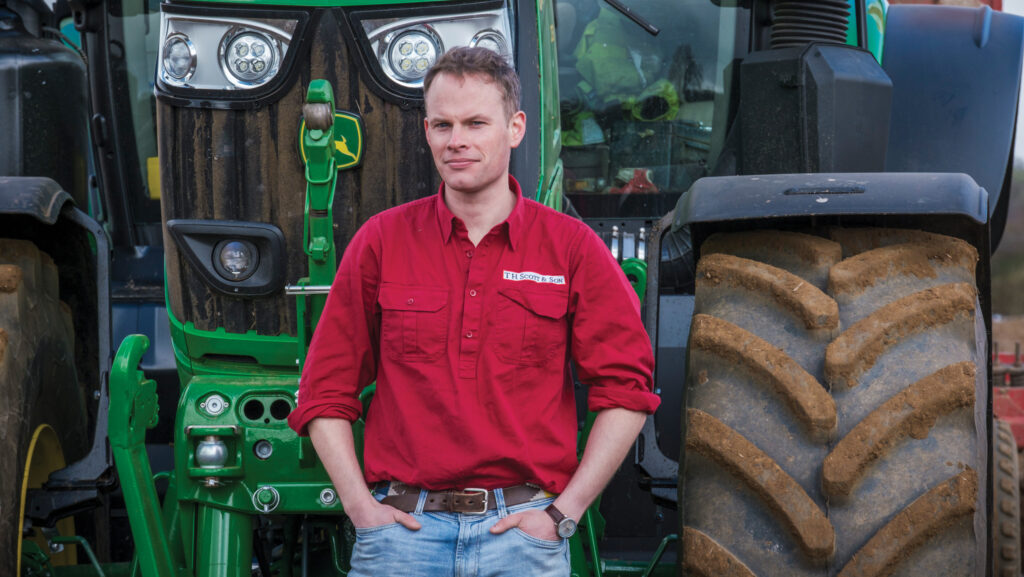Farmer Focus: When farming moves from field to office
 © Jason Bye
© Jason Bye As I mentioned in my last article, July was filled with audits. This got me thinking about just how much administration is now involved in running modern farms.
The daily email bombardment is enough in itself to keep someone out of a tractor until mid-morning. If I were a sole trader, I’d never get any farming done.
See also: Harvest 2025: Bulk of harvest nears completion
Despite my background as an agribusiness consultant, the burden of paperwork across multiple farms has perhaps been the weakness of our contracting business.
It was easy to justify labour and machinery expenditure when expanding my business, as there is a direct correlation with income.
Until recently, I’ve found it harder to justify additional support in the office.
Well, all that is about to change. We have just purchased a new farm office and added to our administrative team.
The new building is a modular structure and allows the office to move out of the farmhouse.
It will give me a large open-plan space in which to work, with the help of two part-time administrators. The new office will be much more accessible for tradesmen and farm clients, too.
Not to mention it will also improve family relationships with my parents.
I think my top tip for those starting succession planning for the next generation would be to get the farm office out of the house for everyone’s sanity.
As I’m writing during harvest, I ought to talk yields. I will save the more important margin briefing for autumn. After all, our system isn’t built for maximum yield.
Harvest got off to a flying start with respectable yields from our high erucic acid rapeseed and winter barley.
The OSR averaged 4.1t/ha across all farms and the winter barley managed 7.9t/ha, making malting specification.
Not bad given the wet start it had. Other crops have been less exciting. Wheat yields were all well below budget, varying dramatically from farm to farm with an overall group average of 7.0t/ha.
The Laureate spring barley only manged a disappointing 5.1t/ha across the 250ha I grow, with high nitrogen and short straw.
Given the extreme drought conditions, we experienced this spring I think we got off lightly.
We completed harvest this year on 12 August thanks to another super team effort and the monstrous John Deere X9 1100.
Now to put it all back in the ground again.


